Sony FE 35mm F1.4 G Master Review
Dustin Abbott
May 10th, 2021
The classic 35mm focal length is one that, until recently, was slightly underrepresented on Sony. For years the sole “professional” option was the Sony Zeiss Distagon 35mm F1.4, a lens with a very mixed reputation that seems to be due to having a lot of sample variation (some good copies, some not so good). That lens was also quite expensive, typically retailing for well over $1500 USD (the price has dropped subsequent to the release of the GM lens). Samyang later brought a competing lens at a much lower price point (the Samyang AF 35mm F1.4, my review here). Sony later released a compact alternative, the Sony FE 35mm F1.8, a lens that most concluded is very good though perhaps slightly overpriced (my review here). The aging Distagon lens was still begging for a replacement, however, as it came before Sony’s G Master premium lens series had surfaced. That replacement is here in the form of the Sony 35mm F1.4 G Master, a fabulous new lens that will almost certainly serve as the benchmark by whttps://www.sony.ca/en/electronics/camera-lenses/sel14f18gm/specifications#featureshich other 35mm lenses are evaluated against for a while. Sigma did just release a cheaper alternative in the form of the Sigma 35mm F1.4 DN ART (my review here), though the 35mm F1.4 GM still has a number of clear advantages that we’ll detail in our review. The photos and tests that I share as a part of my review cycle of the 35GM (as we’ll call it for brevity) have all been done with the new Sony Alpha 1 which will serve as my benchmark camera for the foreseeable future (my review here).
Sony has really hit its stride in lens development in the past few years, as while early G Master lenses were good on many levels, I didn’t find them as exceptional as their price point suggested they should be and in relation to competitors from other brands. But more recent GM lenses (and G lenses, for that matter), have been a different story. The 24mm F1.4 G Master (my review here) was exceptional because it delivered the optical and autofocus performance while also keeping the size and price down to acceptable levels. The Sony 135mm F1.8 GM isn’t cheap, but it is one of the sharpest lenses I’ve ever tested (my review here), with exceptional autofocus and build. It is professional grade in every way. The recent Sony 35mm F1.4 and 14mm F1.8 GM lenses (which I’m also testing at the moment) continue in the vein of the 24mm F1.4 GM, delivering exceptional optical qualities while also managing to keep the size relatively compact and the price relatively moderate. I suspect that will be a winning formula for Sony, who is showing tremendous maturation as a brand right now.
The Sony 35mm F1.4 GM is going to be the clear choice for working professionals and/discerning amateurs because it has many strengths and few flaws. The Sigma 35mm F1.4 DN provides a great new alternative if you are on a tight budget, but the GM lens is the clear choice if you want the best. The 35GM is smaller and lighter, has slightly more refined autofocus, higher magnification and better close up performance, and manages to deliver a more nuanced optical performance. The difference between the two is not night and day, but the various advantages start to add up. Perhaps my best way to illustrate the differences between two lenses is to show this photo:
They were taken of the same subject, though obviously not at identical times. At a pixel level, the lock is incredibly sharp on both of them and rendered with excellent contrast, but I suspect you will instinctively favor the overall rendering on the left from the GM lens where the chain link fence melts away to creamy defocus in a more artistic, pleasing way. That’s the nuance of what Sony has achieved with the 35GM; a rare lens that succeeds on both the artistic and technical sides of things. To discover more, read on here or you can watch either my long format definitive review or shorter standard video reviews below.
Follow Me @ Patreon | My Newsletter | Instagram | Facebook | DA Merchandise | Flickr | 500px
Thanks to Sony Canada for getting me an early loaner of the lens. As always, this is a completely independent review.
Sony 35GM Build, Handling, and Features
The first thing that is important to highlight with the 35GM is that Sony has managed to produce another high quality prime lens that manages to give great build and feature quality while managing size and weight. The GM lens is obviously smaller and light than Sigma’s new 35mm F1.4 DN ART lens:
More specifically, the GM lens is 116g lighter (525 vs 640g) and right over 15mm shorter (96 vs 111.5mm). The Sigma lens is remarkably similar in size and weight to the older Distagon lens, but Sony has managed to make meaningful size and weight reductions to the new GM lens. Here’s a look at a full list of specification comparisons.
The lens is 76mm in diameter and sports a 67mm front filter thread.
While I love the toughness and functionality of GM lenses, I don’t find them aesthetically top notch. They are feature rich lenses (which is great), but the Sony design language tends to result in lenses that look functional but a bit busy. That’s a subjective statement, of course, so your opinion may be completely different.
The upside is that the GM lenses are always very feature rich. That starts with the aperture, where you have multiple options for controlling aperture. You can change it from within the camera, manually change it via one third stop detents, or have a declicked aperture by selecting the switch on the right side of the barrel.
The lens also sports a focus hold button along with an AF/MF switch.
The 35GM has a professional grade of weather sealing, with 9 total seal points, beginning with a seal at the lens mount, internal seals, and then a fluorine coating on the front element. This is a lens designed for professional use in a wide variety of environmental conditions.
The manual focus ring is about three centimeters in diameter, has a ribbed, rubberized texture, and moves smoothly. The damping is a little on the light side, however, and so the focus action isn’t as excellent as I’ve seen in some lenses. The focus ring is nicely linear, however, which makes for highly repeatable results.
An area of real strength for the lens is that it can focus down as closely as 25cm (9.8″), which allows a very high 0.26x magnification figure. That bests the new Sigma DN lens (0.19x), the older Distagon lens (0.18x), the Samyang AF 35mm F1.4 (0.17x), and even the FE 35mm F1.8 (0.24x). Here’s what MFD looks like:
As you can see, my typical bill that I use for this test pretty much fills the frame, and also worth noting is that close up performance is excellent here. Good contrast and detail, and a surprisingly flat plane of focus that shows little field curvature. That’s unusual for a wide angle lens that focuses so closely, and this makes the close up performance even more useful. Here’s a real world example at MFD and F1.4:
That’s going to prove very useful in the real world.
The 35GM sports a high aperture blade count of 11, which is useful in maintaining a circular shape as the aperture is stopped down.
We can see from this series (F1.4, F2, and F2.8) that even at F2.8 the aperture is basically perfectly circular, and while there is some geometric deformation at F1.4 (lemon shape), the the F2 example shows a perfect circular shape even at the edges of the frame. This further helps the quality of the bokeh in a variety of situations.
In short, the 35GM basically ticks all the boxes. It is wonderfully compact and light for a professional grade F1.4 lens, has a wide variety of features, and is functionally pretty much perfect other than lacking a bit of feel during manual focus. It looks great mounted on the camera, has quality weather sealing, and works just as I would want. There are are smaller, lighter F1.8 options, but Sony has designed this lens so that there isn’t a huge impact in size and portability when moving up to the pro-grade option.
Sony 35mm F1.4 GM Autofocus and Video Performance
Sony has developed a winning autofocus formula in recent GM lenses by utilizing XD (Extreme Dynamic) Linear Motors. They evaluate the amount of torque needed to drive the focusing element(s) and then multiply the number of linear motors needed for fast, quiet focus. In this case, the necessary number was two, though I’ve seen as many as four in a lens like the 135mm F1.8 GM. Sony nailed the formula here, though as autofocus is fast, utterly quiet, and very accurate. I was able to get consistently excellent focus even when focusing on difficult subjects.
I had no problem pinpointing narrow depth of field subjects and got consistently well focused results.
During an available light portrait session I shot through budding trees with a lot of layers, and I got consistent tracking of and focus on the eyes; not one shot in the series was misfocused.
Using a strong ND filter to allow me to record a long exposure didn’t slow down autofocus, either. I didn’t really notice a difference in focus speed with the ND filter attached.
I used the 35GM for a number of video episodes, and found that autofocus was completely reliable, with consistently excellent tracking of my eyes during the episodes. I also did a test where I moved towards, then away from the camera at various speeds, and also got excellent tracking results there. Focus proved nice and sticky, but I also noted that the focus transitions were nice and smooth, which could prove important to getting footage that isn’t distracting to the viewer.
Likewise, my focus pull test proved to be smooth and accurate, with no focus sounds picked up by the onboard microphones. All good! The only negative for video shooters is the 35GM is guilty of significant focus breathing; objects will change significantly in size depending on how much they are in or out of focus.
This is really the only nitpick, however. Autofocus is much like the rest of the execution of the lens: excellent.
Sony 35GM Optical Performance
Sony has employed a relatively complex optical performance here with 14 elements in 10 groups. There are two extreme aspherical elements, the first of which has a greater degree of curvature than what is employed by many lens makers (one of Sony’s breakthroughs that has enable better performance from more compact lenses recently) along with an extra low dispersion element. The end result of all of this is excellent sharpness and contrast even at F1.4:
Pretty awesome!
We noted in our intro that Sony delivers a more nuanced (sophisticated) optical performance than the recent Sigma 35mm F1.4 DN lens, but it’s important to back that statement up with proof. Those of you who read or watched my review of the Sigma know that it is a very sharp lens that I was impressed with, but the Sony manages to equal the sharpness of the Sigma while also giving a nicer overall rendering.
First of all, let’s a take a look at the vignette and distortion. What we find is a very mild amount of pincushion distortion (surprising, as I typically see barrel distortion at this focal length). It only required a -1 to correct, which is part of the reason that close up performance is so good and delivers such a flat plane of focus.
Vignette is considerably heavier, however, requiring a +67 to correct for and sliding the midpoint fully to 0. This points to over 2.5 stops of corner shading, which is heavier than what we saw on the Sigma, though the GM lens has less distortion.
Longitudinal chromatic aberrations (LoCA) are fairly well controlled, though you will see some purple or green fringing in some high contrast situations.
My worst real world sample was here, where the large aperture (F1.4) produced a shallow enough depth of field that these transition contrast areas around the bare branches had some purple fringing on them.
Fortunately I saw only a couple of real world situations where this was a factor, and in most situations LoCA was not a factor.
LaCA (Lateral CA) was extremely well controlled, with no evidence of fringing along the edges on either side of black and white transitions.
The well controlled aberrations point to very strong contrast even at wide apertures, and that was certainly the case. Here’s a look at my test chart shot with the 50MP Sony Alpha 1.
And here are the crops from the center, mid-frame, and corner at F1.4:
You can see excellent resolution and contrast that is very consistent across the frame.
I found the Sigma DN lens to be very sharp, and we can see that it holds pretty close in the center of the frame.
The 35GM delivers a more even performance across the frame, though, and is stronger in the midframe and into the corners.
This produces a really strong real-world performance where the 35GM is almost as sharp and contrasty at F1.4 as it is in landscape apertures like F5.6:
Here’s another example taken from near the edge of an image:
And, for good measure, here’s a full image that shows both nice foreground defocus but also amazing detail at F1.4:
That’s not to say that there are no gains by stepping the lens down. You can see that detail and (particularly) contrast improves when stopping down:
But there is no lack of sharpness and contrast at F1.4, though, which allows you to use aperture to control depth of field rather than being forced to use it to achieve usable sharpness and contrast.
I’ll also note that despite having high sharpness, skin tones were rendered nicely and without any of the waxy, overdone look sometimes found on images from lens with high sharpness.
This will make for a great environmental portrait lens.
Minimum aperture here is F16, and on a higher resolution camera like mine, diffraction is softening the image enough to where it isn’t as sharp at F16 as it is at F1.4. A lower resolution sensor like Sony’s 24MP options will probably see less softening at the smallest aperture.
Where Sony has really excelled here is by designing a lens that can deliver both high levels of sharpness and contrast on the subject while also delivering very soft, pleasing bokeh. I think this image is a great case in point:
My experience is that few lenses manage to do both these things, and that makes the 35GM a rare and special one.
I saw many reasons to be happy about the bokeh rendering from the lens:
Here’s a few more “bokeh images”:
Sony has some of the best coatings in the business right now, and I’ve found a lot of their recent lenses to be class leaders in flare resistance. That’s true with the 35GM, too, which showed a high degree of resistance to either ghosting or veiling. The sun in this image is actually very intense and directional, but there’s no evidence of flare artifacts.
This is certainly a strength relative to my long-time favorite 35mm lens – the Canon EF 35mm F1.4L II, as it’s single greatest weakness is probably its being prone to more flare than you would expect for an otherwise excellent lens.
Like the Sigma 35mm F1.4 DN, the 35GM proved to be a very strong performer for astrophotography. The high levels of sharpness and low amounts of CA combine for very crisp start points, and while the star points are very slightly deformed near the edge of the frame, coma is really quite well controlled. The advantage of being able to shoot at F1.4 is that one can shoot at lower ISO speeds (less noise) and/or faster shutter speeds, resulting in less movement of the stars.
I love the 35mm focal length as a walkaround, general purpose focal length, and I can safely say the 35GM has been one of my favorites optically thus far. Feel free to check out more images by visiting the image gallery here.
Conclusion
Sony has been on a tear with their lens designs recently, and the new Sony FE 35mm F1.4 G Master is proof positive of that. Early mirrorless cameras were almost exclusively smaller sensors (APS-C and Micro 4/3rds), and that, combined with the fact that less space is required in lens design since you don’t need to leave room to accommodate a mirror in the camera, allowed for smaller lenses and cameras relative to DSLR designs. But when Sony began to develop full frame mirrorless cameras and lenses, the size of the lenses drastically increased. The FE 24-70mm F2.8 GM was actually larger than most competing DSLR equivalents, for example, as was true for most of the early GM lenses. But Sony has obviously cracked the code of how to create high quality lenses that have genuine size and weight advantages over competing lenses. It is that extra ingredient that helps make the 35GM so special. It is optically as good as any 35mm lens that I’ve previously tested, but that fact that it is smaller than almost all the 35mm F1.4 options I’ve previously tested is just icing on the cake.
My experience is that compact, lightweight lenses just get used more often. I’m more likely to pack them for trips or excursions where I’m taking multiple lenses. I’m more likely to reach for them when hiking. The fact that you aren’t compromising on build, features, or weather sealing means there is really no downside to using the smaller lens, particularly when it is is just as good (better!) than the competition. The 35GM has that magical blending of sharpness and softness that few but the best lenses achieve. It delivers a richer, more nuanced optical performance than any of the competitors I’ve tested.
The final hurdle for any professional grade lens is the price, and the Sony 35mm F1.4 GM isn’t cheap. It costs $1399 USD, which makes it one of the most expensive 35mm options on Sony FE. But it is also cheaper than many of the first party pro grade 35mm lenses from the past, and arguably a better, more complete lens than any of them. I feel like it is priced fairly. There are cheaper 35mm options on Sony (the Sigma 35mm F1.4 DN is perhaps the best alternative), but there aren’t any better ones than the Sony FE 35mm F1.4 G Master. If you want the best 35mm option currently available for Sony, then the 35GM is the way to go.
Pros:
- Smaller and lighter than competitors
- High grade of build
- Quality weather sealing
- Good features and general handling
- Fast, quiet, and accurate autofocus
- Excellent wide open sharpness across the frame
- Beautifully soft bokeh
- Aperture retains a circular shape better than most
- Low chromatic aberrations
- Good flare resistance
- Good handling of coma
- High magnification and excellent up close performance
Cons:
- Manual focus ring could use a little more feeling and weight
- More expensive than most other 35mm options on Sony
- Some pronounced focus breathing
Gear Used:
Purchase the Sony 35mm F1.4 GM @ B&H Photo | Amazon | Camera Canada | Amazon Canada | Amazon UK | Amazon Germany | Ebay
Purchase the Sigma 35mm F1.4 DN ART @ B&H Photo | Amazon | Camera Canada | Amazon Canada | Amazon UK | Amazon Germany | Ebay
Purchase the Sony Alpha 1 @ Camera Canada | B&H Photo | Amazon | Amazon Canada | Amazon UK | Amazon Germany | Ebay
Purchase a Sony a9M2 @ B&H Photo | Amazon | Camera Canada | Amazon Canada | Amazon UK | Amazon Germany | Ebay
Sony a9 Camera: B&H Photo | Amazon | Camera Canada | Amazon Canada | Amazon UK | Amazon Germany | Ebay
Sony a7RIV Camera: B&H Photo | Amazon | Camera Canada | Amazon Canada | Amazon UK | Amazon Germany | Ebay
Buy DA Merchandise https://bit.ly/TWIMerch
Purchase a Sony a7C @ B&H Photo | Amazon | Camera Canada | Amazon Canada | Amazon UK | Amazon Germany | Ebay
Peak Design Leash Strap: Peak Design Store | B&H Photo | Amazon | Amazon Canada | Amazon UK
BenQ SW271 4K Photo Editing Monitor – B&H Photo | Amazon | Amazon.ca | Amazon UK
Adobe Photoshop Creative Cloud 1-Year Subscription
Exposure Software X6 (Use Code “dustinabbott” to get 10% anything and everything)
Visit Dustin’s Amazon Storefront and see his favorite gear

Purchasing your gear through B&H and these links helps fund this website and keeps the articles coming. You can also make a donation here if you would like. Visit my Amazon page for some of my gear of choice! Thank you for your support.
Great News! I can now offer a 5% discount on all purchases at Amplis Foto, Canada’s Leading Photographic Supplier. Please enter discount code: AMPLIS52018DA in your cart. It is good for everything in your cart, and is stackable with other coupons, too! It will take 5% off your entire order! Proceeds go towards keeping this site going and providing you with new reviews!
Check me out on: My Patreon | Sign Up for My Newsletter | Instagram | Facebook | Twitter | Flickr | 500px | Google+ |
Keywords: Sony 35mm F1.4, Sony 35 F1.4 GM, 35mm 1.4 GM, 1.4, f/1.4, F1.4, Sony 35mm F1.8 G Master, Sigma 35mm F1.4 DN, 35mm, Review, Sony 35mm F1.4 Review, G Master, GM, Review, Sony, Review, Hands On, Dustin Abbott, Real World, Comparison, Sharpness, Bokeh, Flare Resistance, Autofocus, Image Quality, Sample Images, Video, Photography, Sony a9, sony a7III, sony a7RIV, a7R3, Sony Alpha 1, Sony A1
DISCLAIMER: This article and description contains affiliate links, which means that if you click on one of the product links, I’ll receive a small commission. As an Amazon Associate I earn from qualifying purchases.














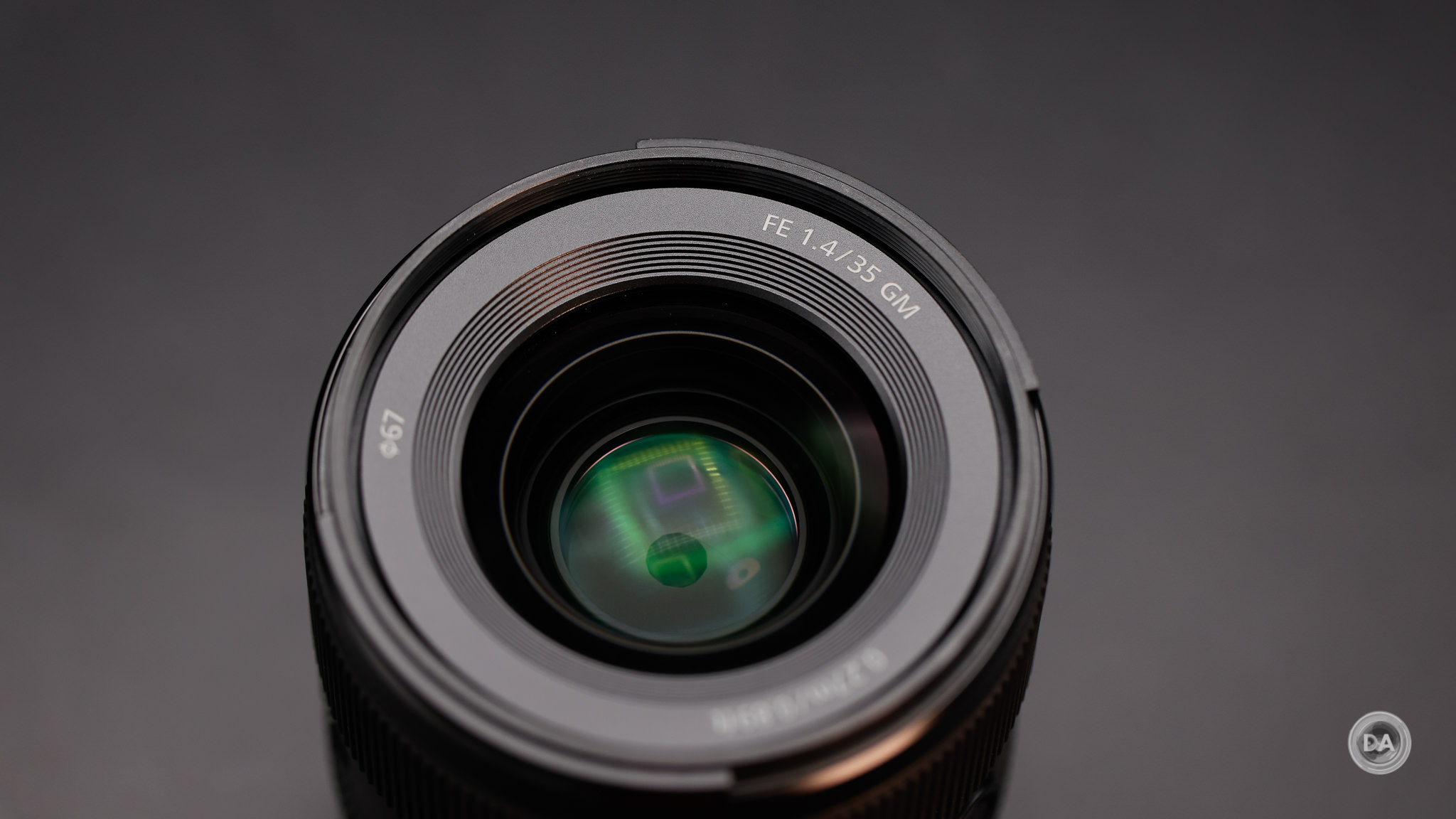
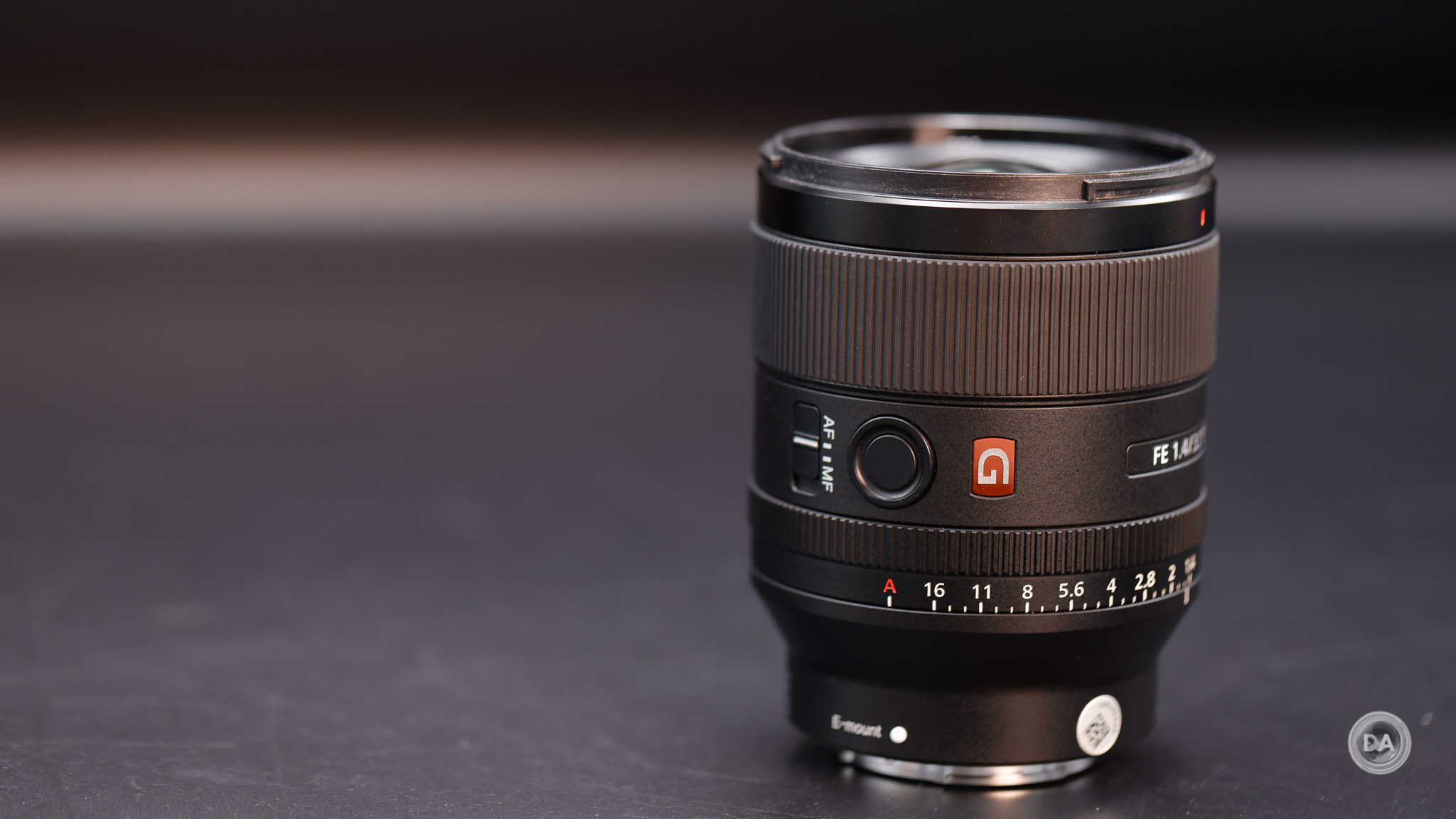
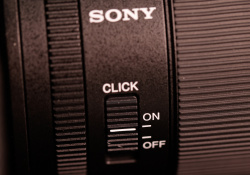
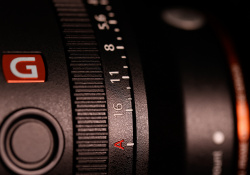
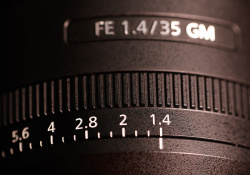
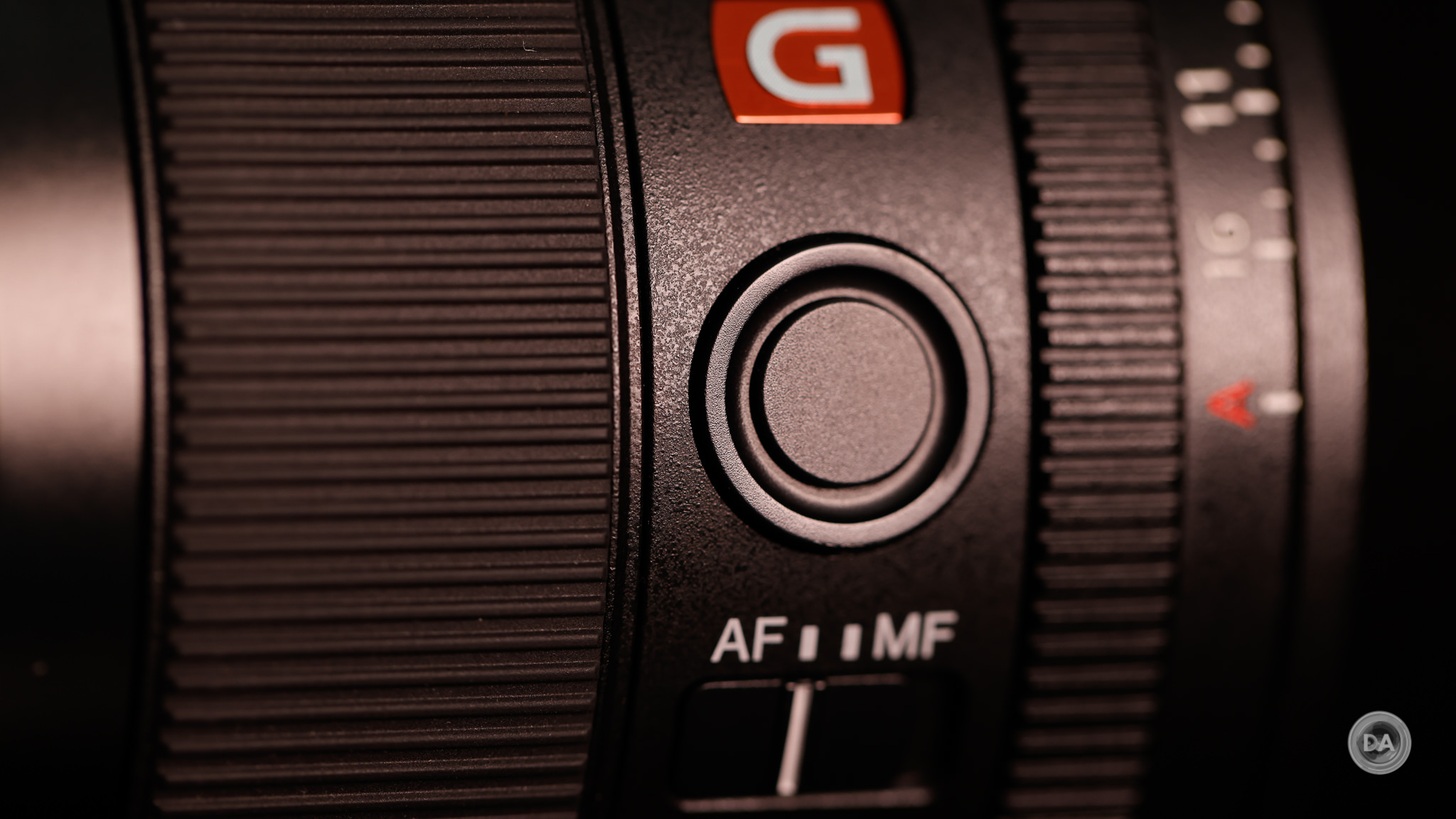


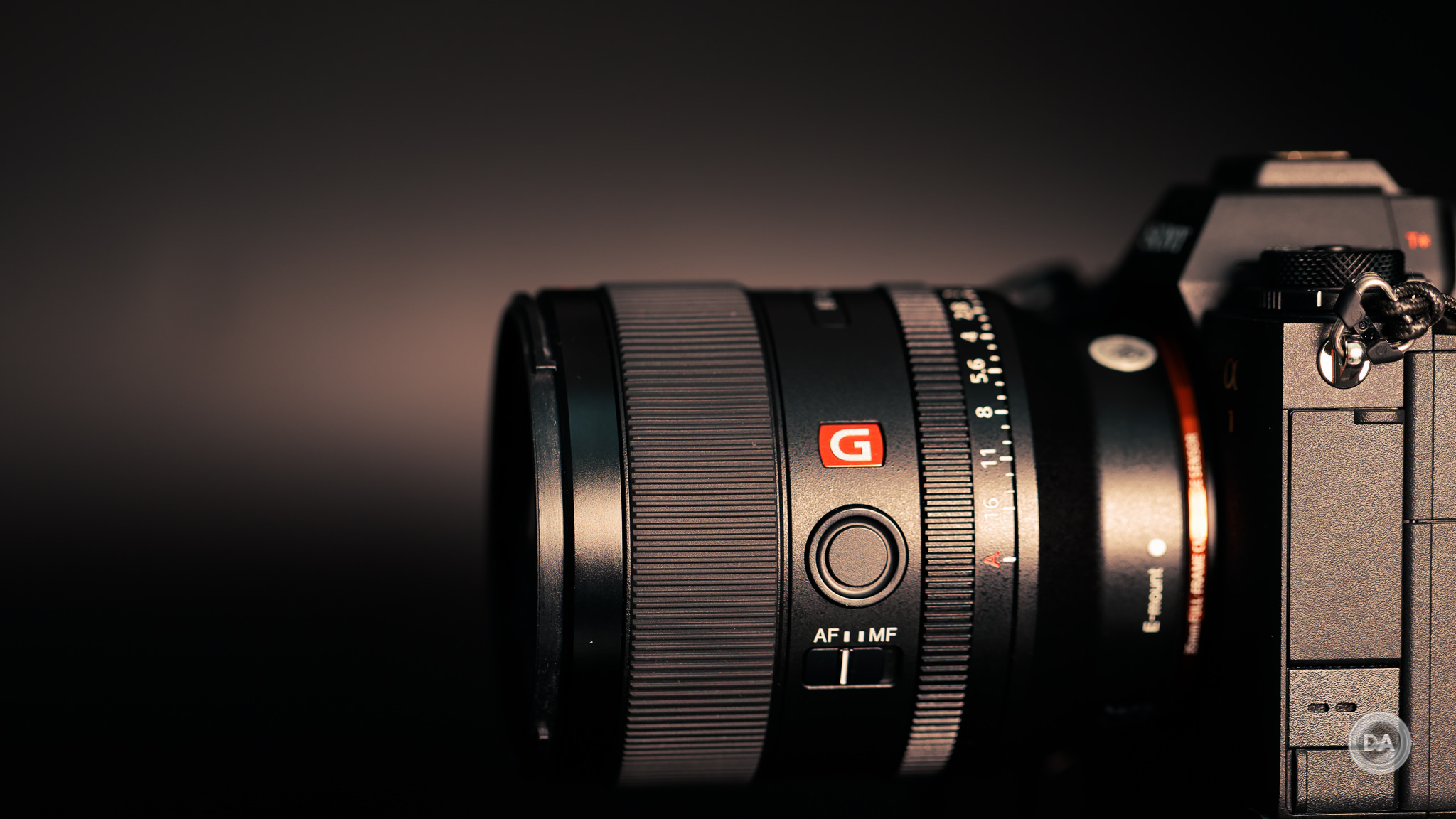

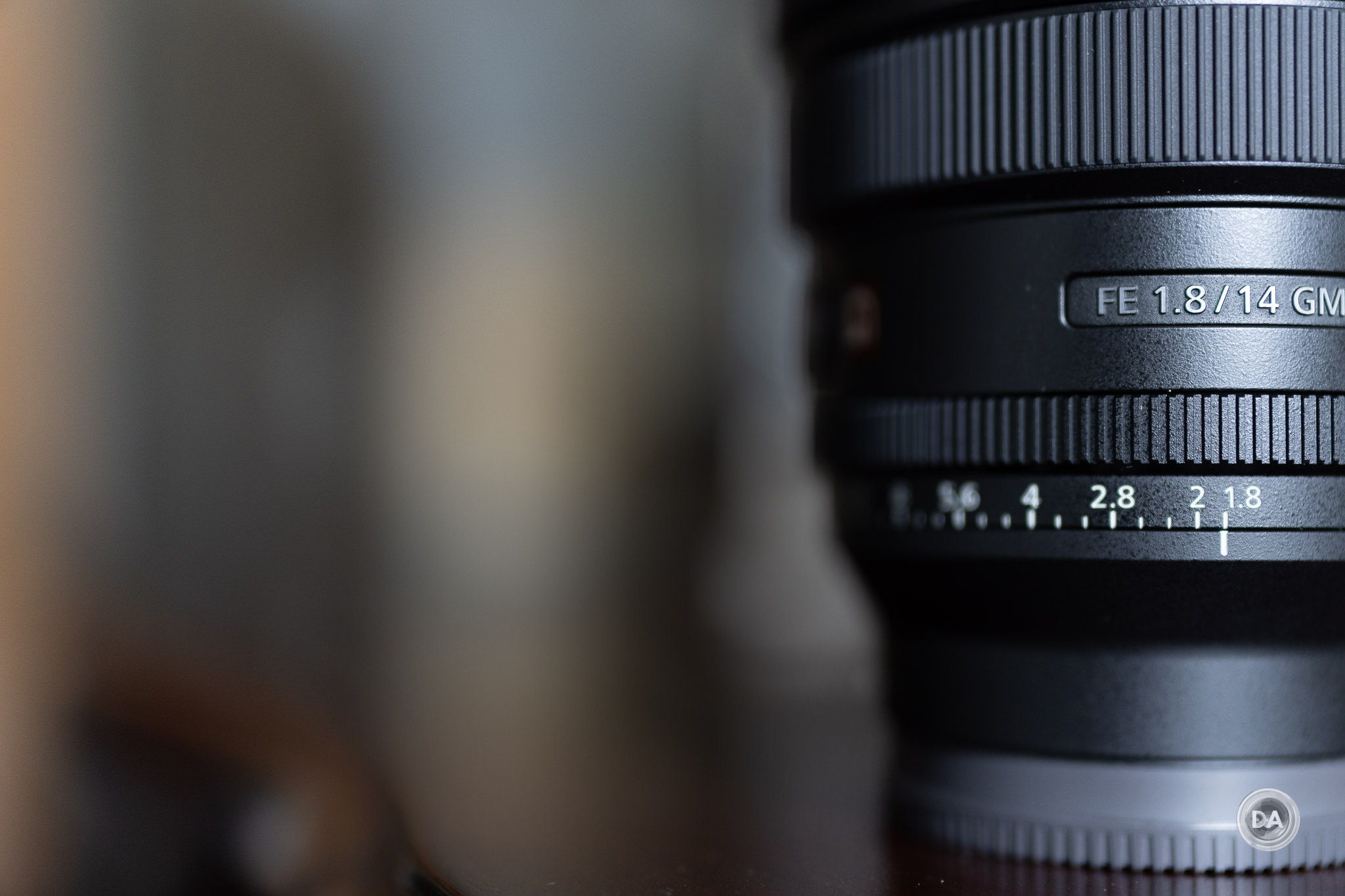

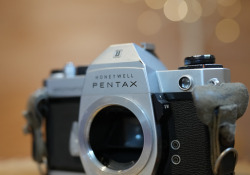

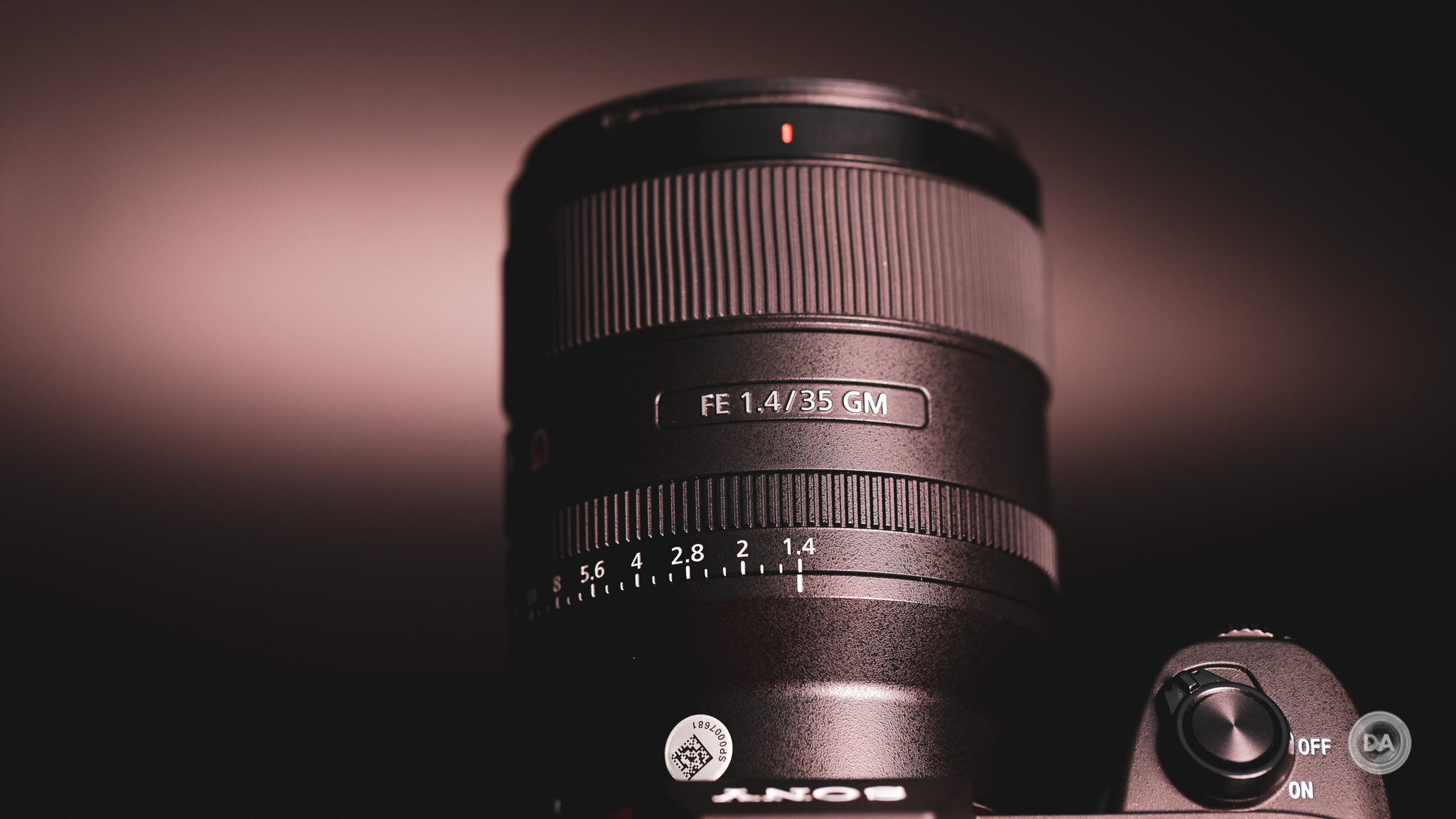




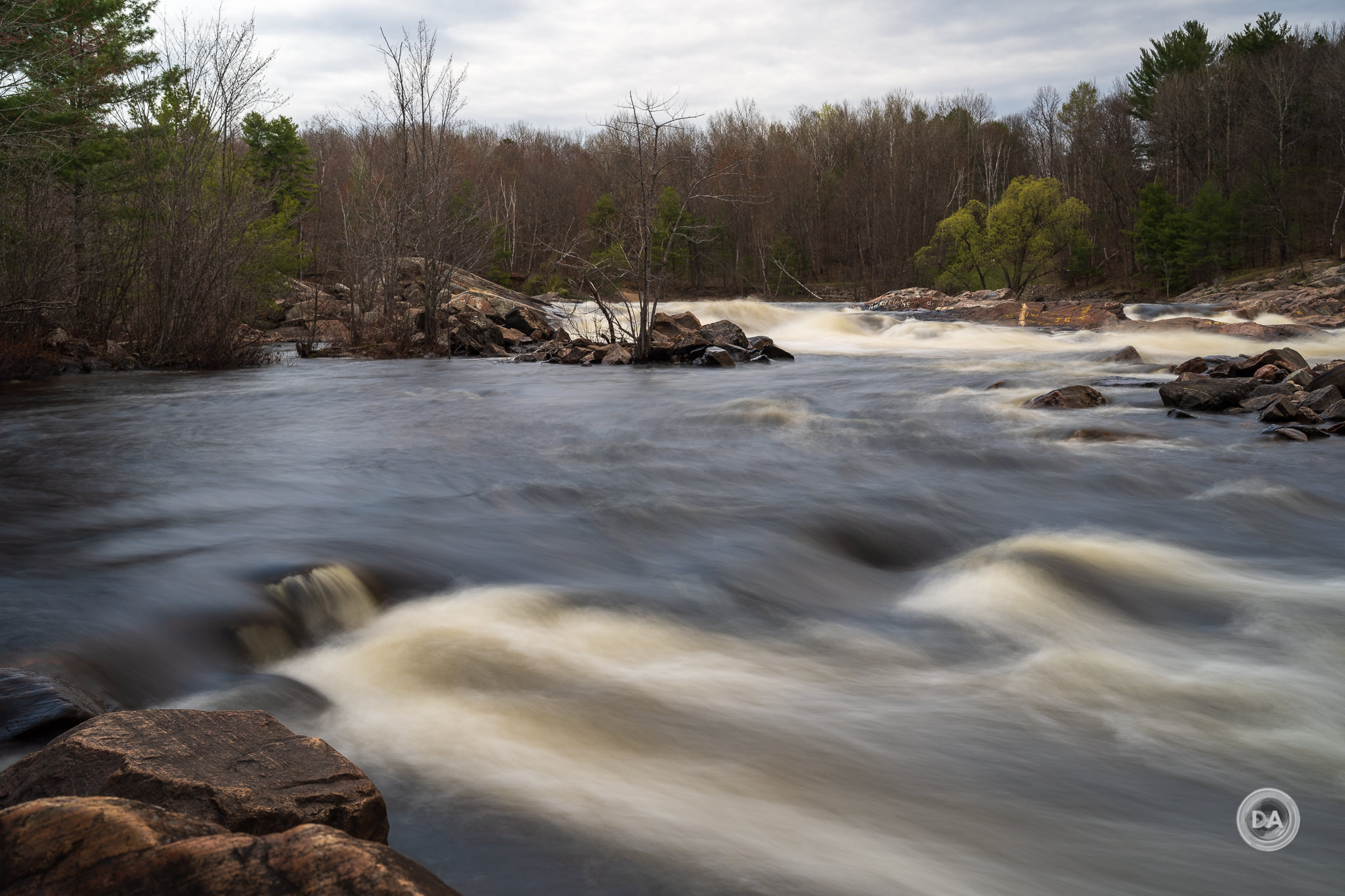



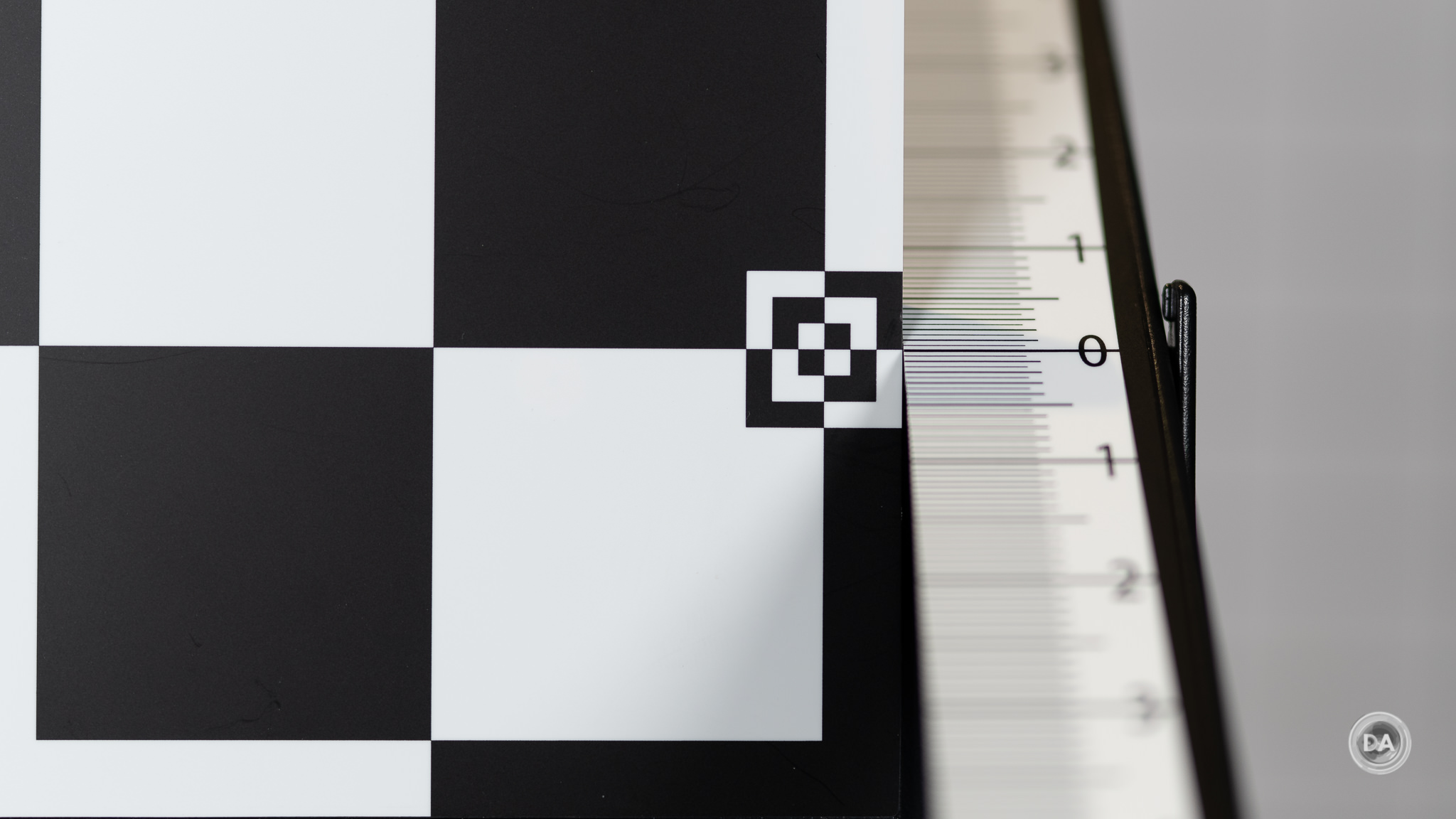
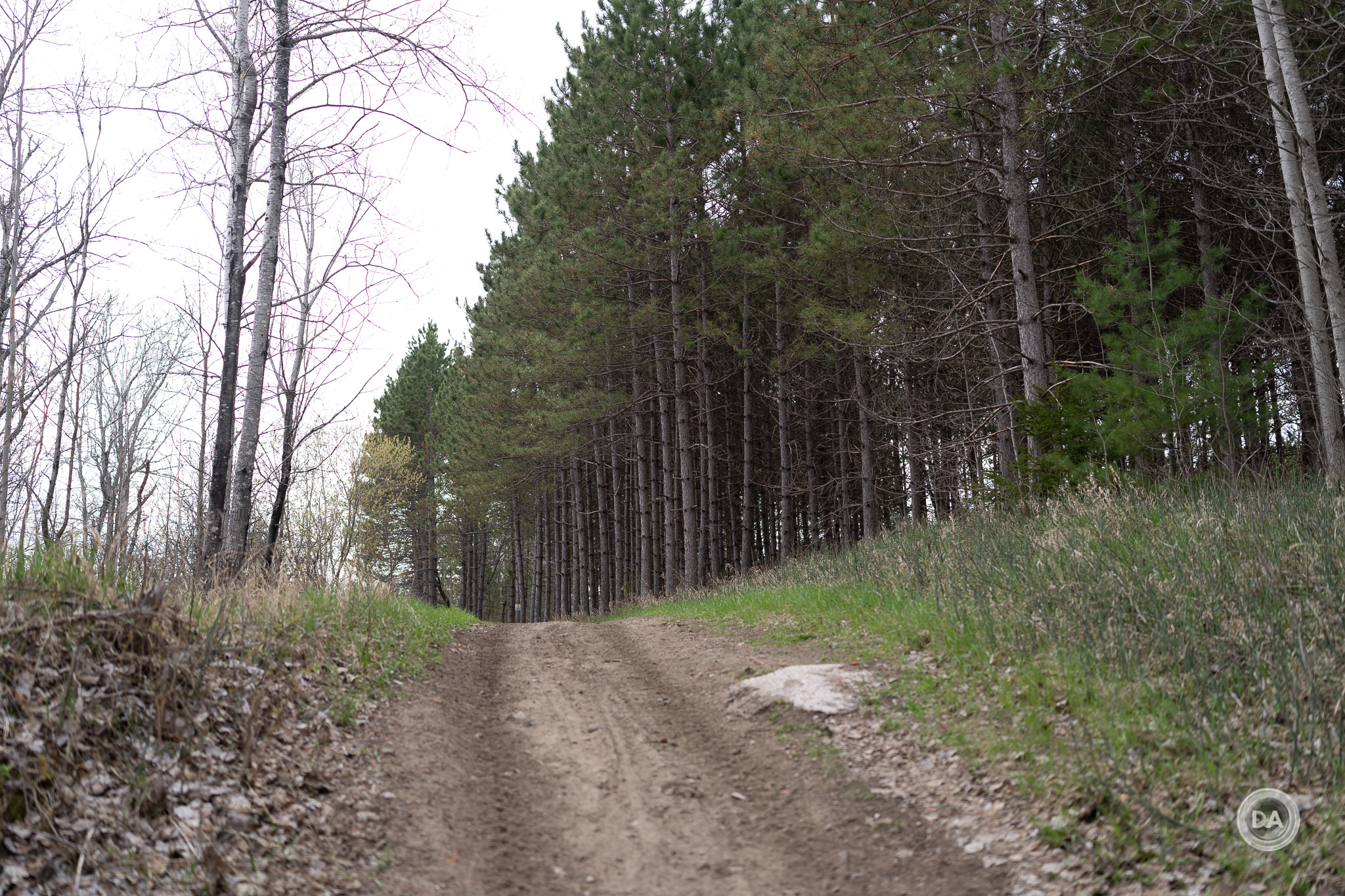


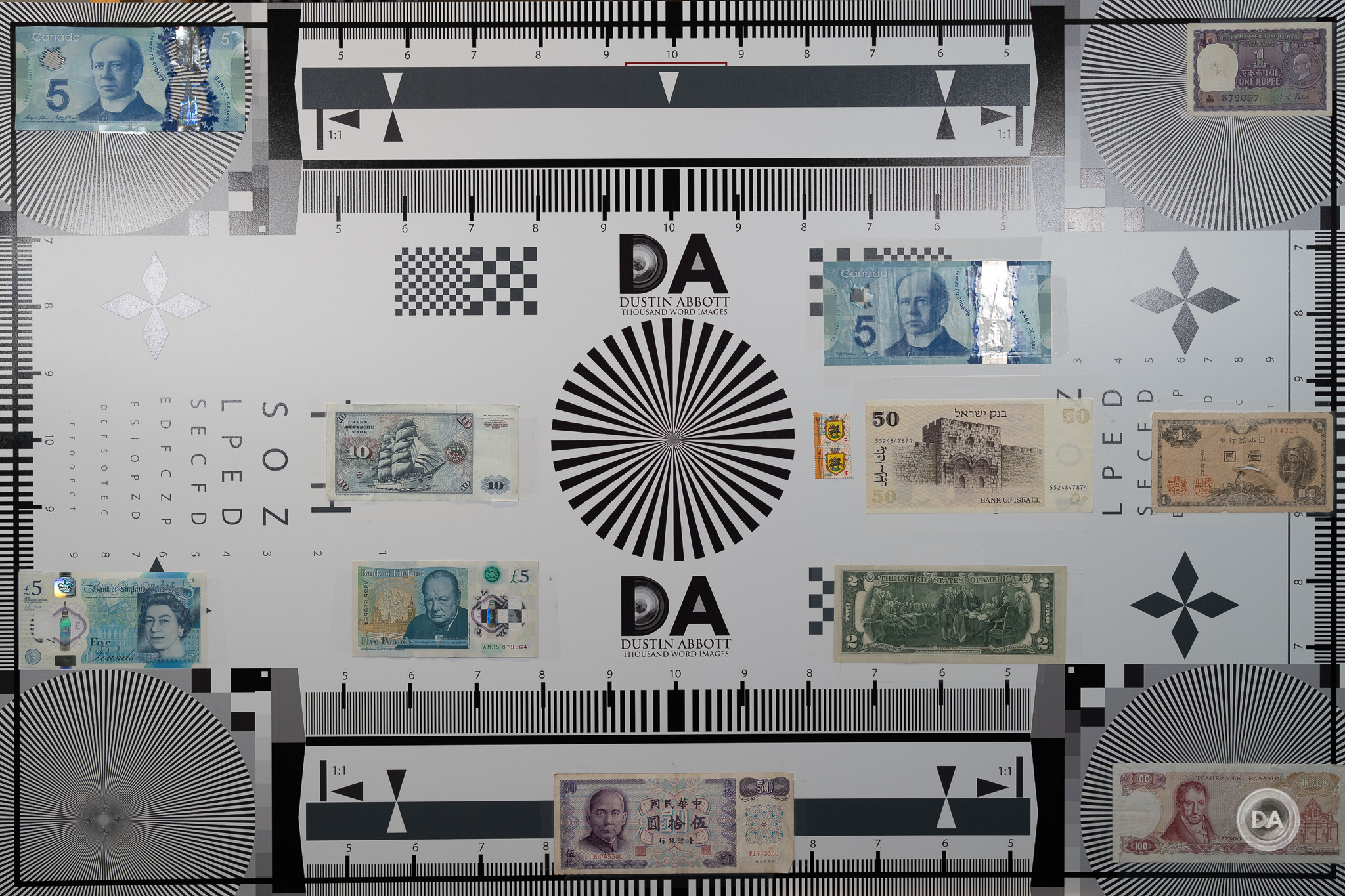


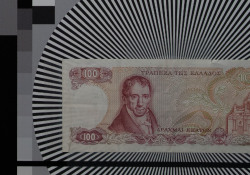



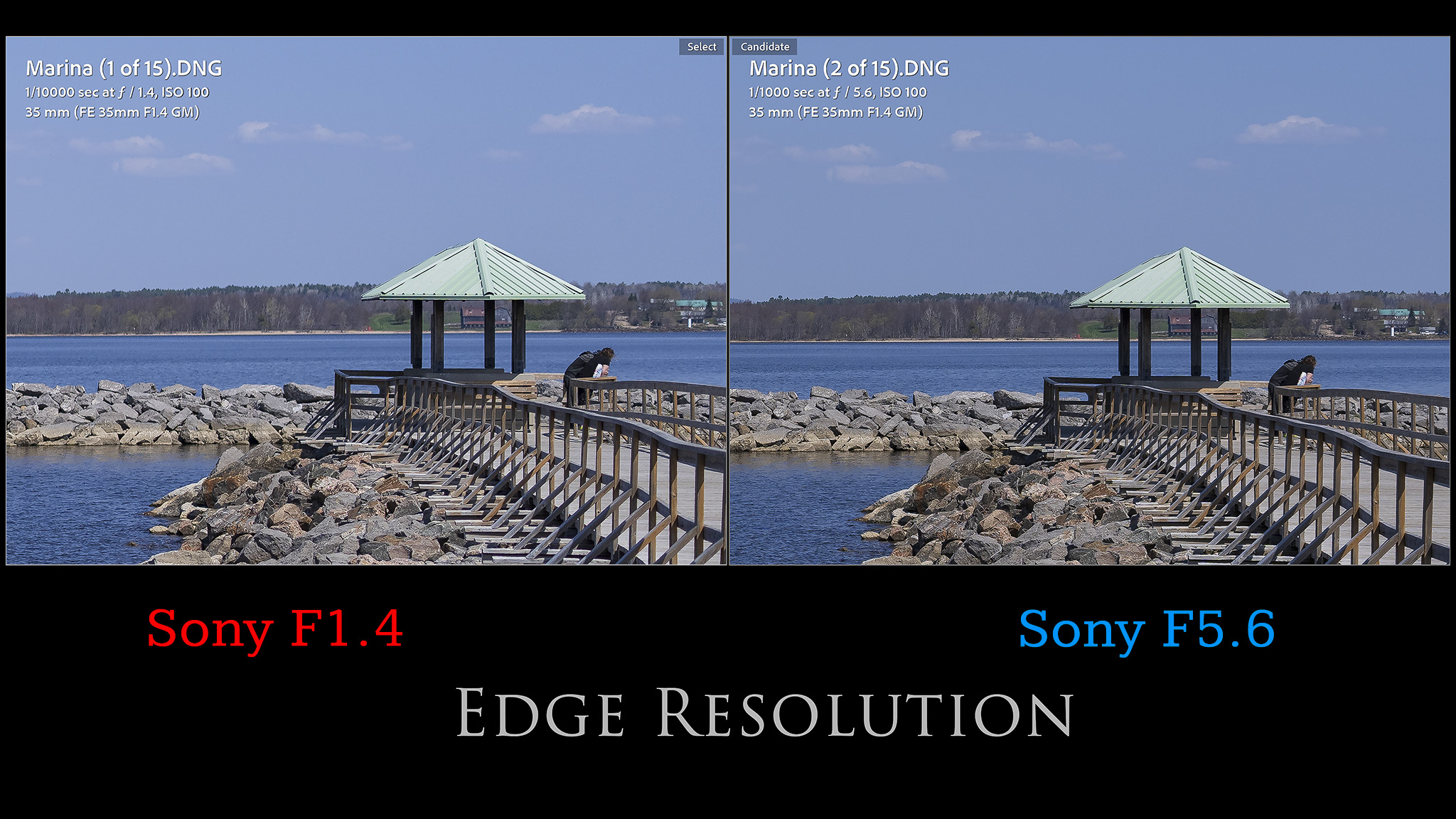













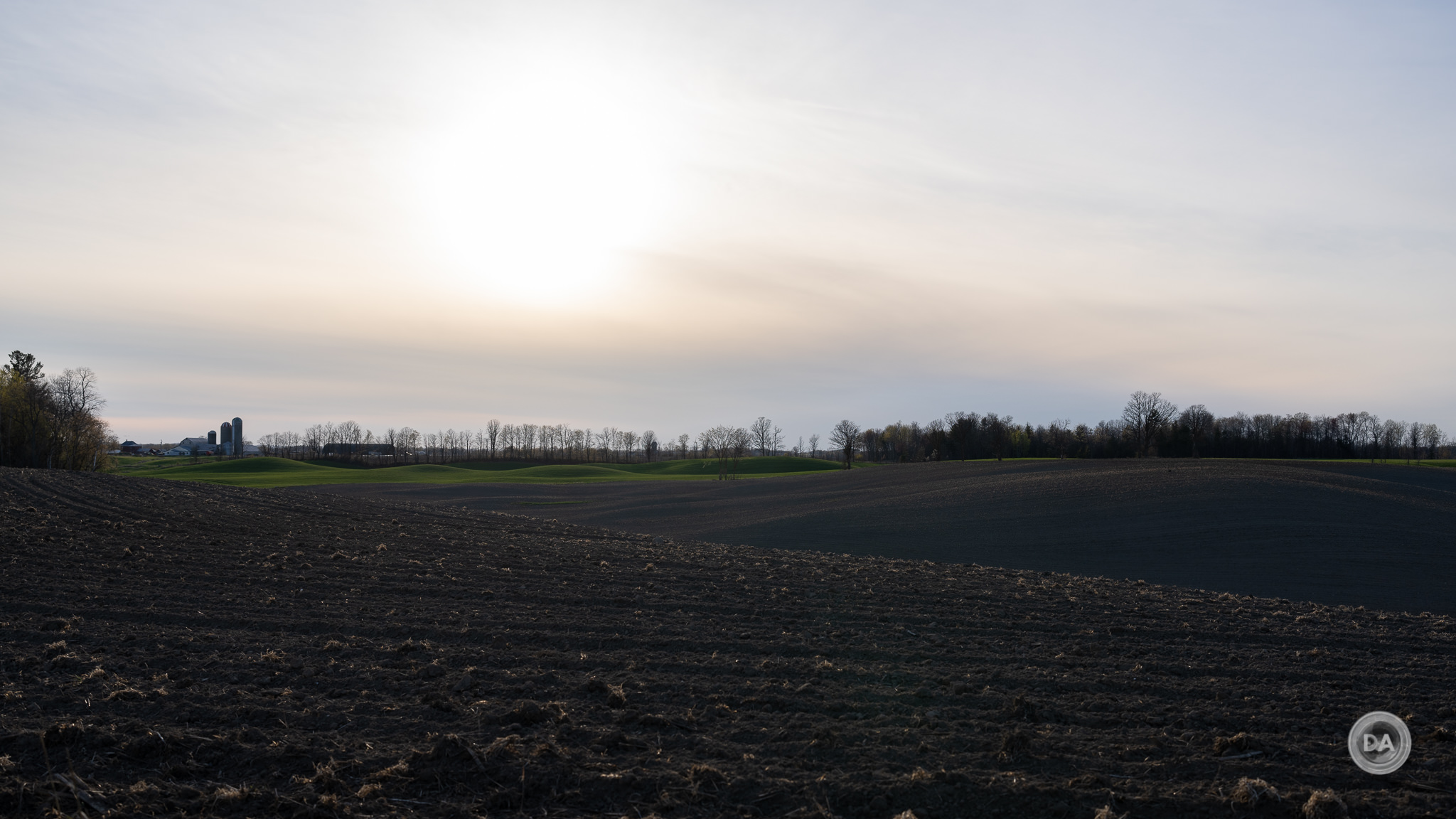








 Viltrox Pro AF 85mm F1.4 FE Gallery
Viltrox Pro AF 85mm F1.4 FE Gallery  Viltrox AF 85mm F1.4 PRO FE Review
Viltrox AF 85mm F1.4 PRO FE Review  Yongnuo YN 35mm F1.8 ART Gallery
Yongnuo YN 35mm F1.8 ART Gallery  Yongnuo YN 35mm F1.8 DA ART Review
Yongnuo YN 35mm F1.8 DA ART Review 


